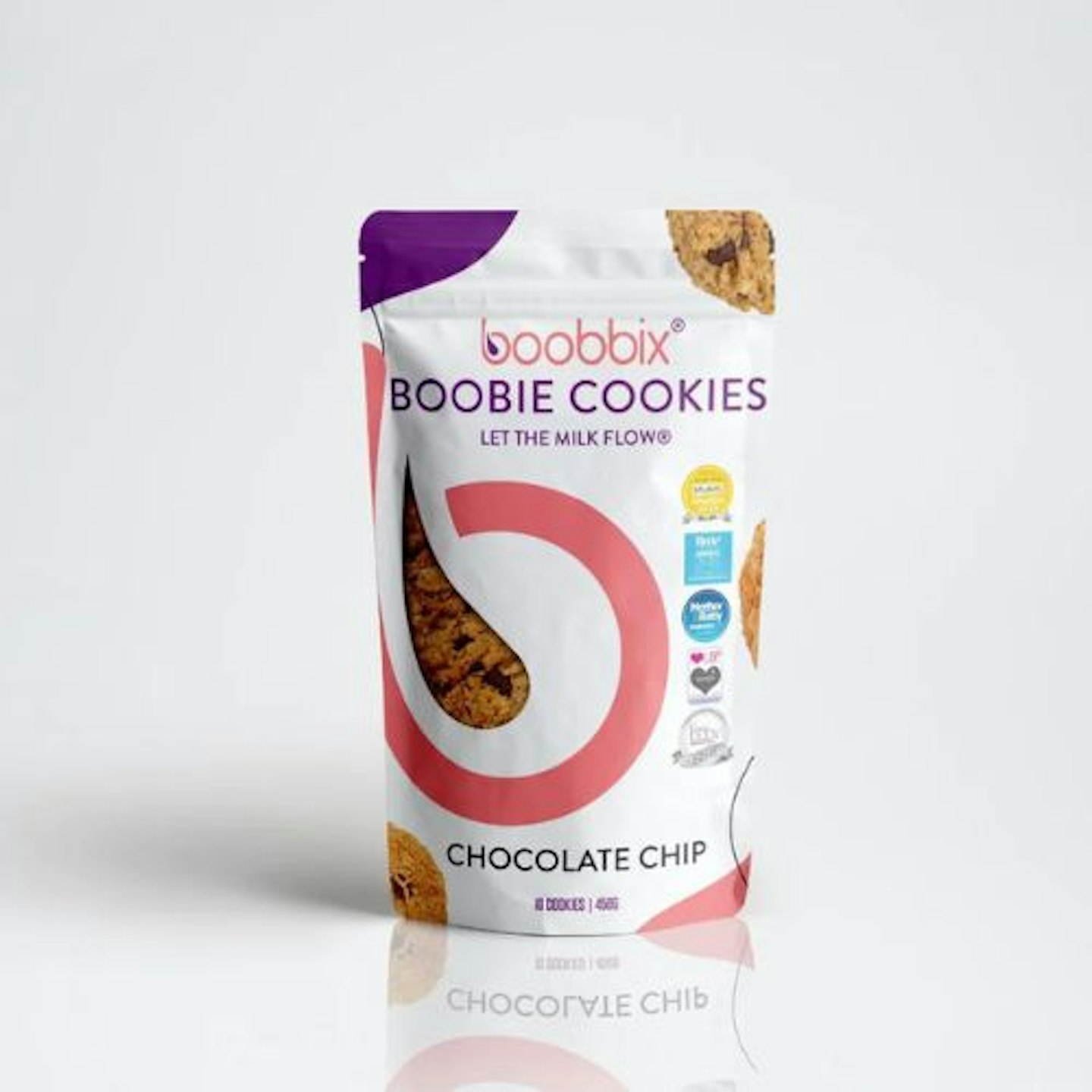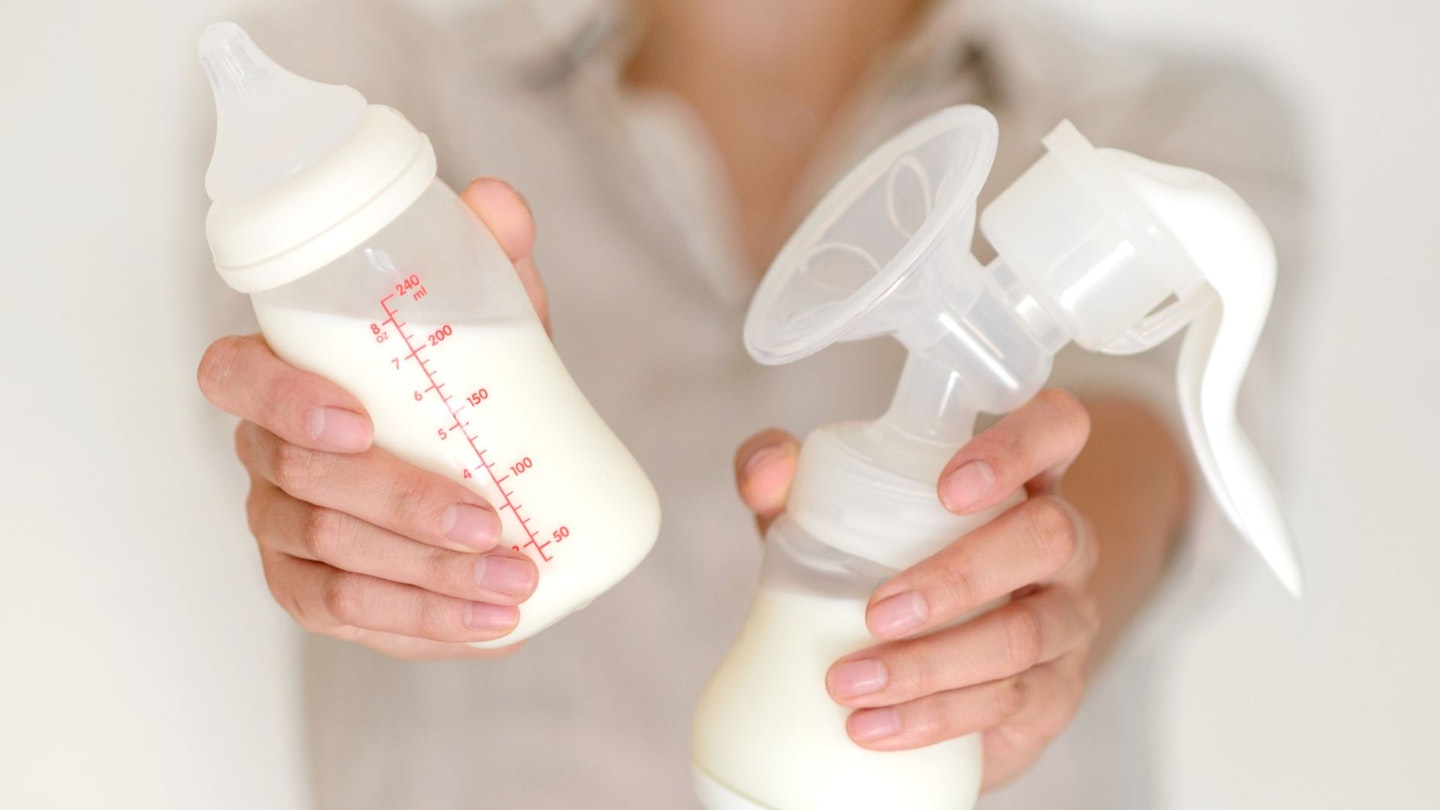If you are breastfeeding and are wanting to use a breast pump create a stash of breastmilk for the freezer, you might want to look at ways to increase your milk supply when pumping.
When breastfeeding, overtime your supply will adjust to your babies needs and routine and when it comes to pumping you might find that you can't express enough milk to start creating a milk stash for your freezer. Whilst you can use breast milk collectors to catch any let-down from the opposite breast to what you're feeding from, it might not be enough for a full feed for your baby.
Knowing how to increase your milk supply when pumping is always good practise, especially for if you are going away, returning to work or are just planning to exclusively breast pump.
How to increase your milk supply when pumping:

1. Pump more often
Baby's will naturally stimulate more milk by cluster feeding, in order to get the right amount of milk for their needs, but there is a manual way to mimic this.
By power pumping, you increase how often you express milk in order to encourage your body to produce more milk. Also known as cluster pumping, you're encouraging the milk production through emptying your breasts, as this is what will trigger more milk to come in.
While pumping more often might not be practical in a work environment, you can practise this over weekends and at night. By increasing when you pump by even an extra pumping session, this could help to increase your milk supply.
2. Pump after breastfeeding
If you are exclusively breastfeeding your baby, by investing in a more affordable breast pump to use after you've nursed your baby can help to increase your milk supply.
Your breast might still feel full after feeding your baby, so by ensuring that your breasts are completely empty can, over time, lead to an increase in the amount of milk you produce.
Using a double breast pumps can be handy for this too, as it's time efficient when expressing, as you can pump both breasts at the same time.
3. Use the right equipment
While it could seem easier to just choose the first breast pump you see online with a few good reviews, there are a lot of factors to consider when buying one.
Like all our tried and tested breast pumps, it's important to look at everything from the size of breast shield you will need to wear to correct storage and ease of use.
What to consider:
• Can it be cleaned with a steriliser.
• What breast milk storage will you need.
• Does the pump come with different size breast.
• Is the pump manual or electric.

4. Try lactation cookies
While there is no secure scientific evidence that lactation cookies do actually increase milk supply, they do contain important ingredients that can help to keep your energy levels and nutrition at their best, which is essential when breastfeeding and supporting your breastmilk supply.
The best thing is they're delicious and nutritious for the whole family too!
5. Maintain a healthy diet
As previously mentioned, a good diet plays a huge role in your breastfeeding journey, as it's essential to ensuring your baby gets all the right nutrients.
It's also essential for you to get all the right nutrients for feeling more energised, having enough calories and keeping hydrated.
It could be a good idea to prep some healthy meals for your breastfeeding journey, so that you aren't tempted to skip meals or order takeaways, (although it's important to remember to treat yourself from time to time too!)
Keeping hydrated and drinking plenty of water is also important, and you should aim to drink at least one glass of water every time you breastfeed or pump.
6. Talk to a lactation consultant
If you have tried everything to increase your supply or need extra support, it's important to speak to a lactation consultant.
Lactation consultants can help with correcting your babies latch if needed. They can also provide more tailored advice to your dietary needs and lifestyle.
FAQs
What breast pump should I use to increase my milk supply?
The type of breast pump you use would be entirely down to choice.
Some mums find an electric breast pump a lot easier, as it often allows you to be hands-free. They are also designed to mimic babies natural sucking.
Other mums might prefer a manual breast pump. These can often be quicker to use and won't require access to a plug socket like some electric pumps do.
How do I store my breastmilk supply?
According to NHS advice on expressing and storing breastmilk, you can store breastmilk in a sterilised container or milk storage bag for up to eight days in the fridge. It can also be stored in a freezer for up to six months.
What are lactation cookies and how do they increase milk supply?
Lactation cookies are designed specifically with four key ingredients that help support breast milk supply naturally. The four ingredients are: flaxseed, brewers yeast, oats and fenugreek.
Combined with typical cookie fillings, and you have a delicious treat that can help support your milk supply.
Fenugreek is not recommended for use throughout pregnancy, but once your natural milk supply has come in 2-3 days after birth, they are safe to eat.
Below are the lactation cookies by Boobbix we love:

www.boobbix.co.uk
Contains 10 Chocolate Chip and Oat Cookies. Once open, they have a three month shelf life and once opened, consume within a week (they're so delicious that eating within a week will be no problem!)

www.boobbix.co.uk
Contains 10 Oatmeal And Raisin Cookies. Once open, they have a three month shelf life and once opened, consume within a week.
Samantha Ball is a Product & Lifestyle Writer for Mother&Baby and freelanced for the website for two years before joining the team full time. She's a mum of two and loves browsing for the best products and cute outfits.
